Dorohedoro

Created by: Q Hayashida
Translated by: Hiroko Yoda and Matt Alt
Lettered by: Kelle Han and James Gaubatz
Twitter readthrough: here
After nearly two decades of work, Japanese auteur comics creator Q Hayashida put a cap on one of the most astonishingly singular works in the medium. Working without assistants (uncommon in the kind of manga that exports to the US), Hayashida crafted a wild vision, ferociously grimy, simultaneously dark and buoyant, and always at liberty from the expected.
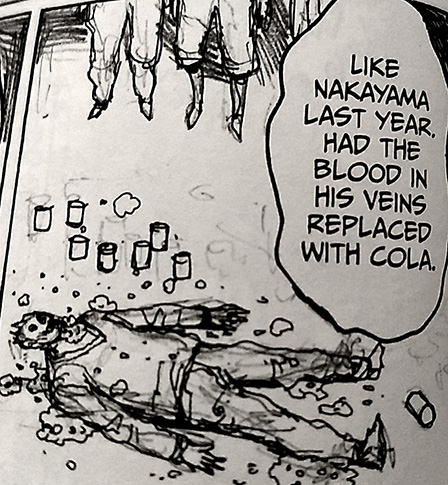
Dorohedoro is about wizards, about the downtrodden, about family, about revenge, about mystery, about gang warfare, about the illuminati-like machinations of devils. It's about learning who your friends are even when you don't know who your friends really are. It's about gyoza and how truly appreciating food can be the one thing that keeps things going.
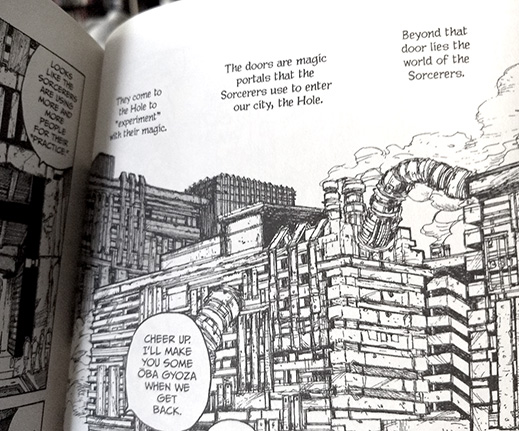
Hayashida introduces us to Caiman and Nikaido, partners and friends. Caiman has the face of a lizard, has no memory before a couple months ago, and has an immunity to magic. He also has a face inside his throat that can tell him if the people he bites are the one who changed his face. Nikaido runs a gyoza restaurant called the Hungry Bug, rescued Caiman, and is helping him find the mage who wronged him. She also has a big secret that could tear them apart. And all of this, while remaining on the table for the bulk of the series, really just becomes one segment of all the crazy story that Hayashida has in store.
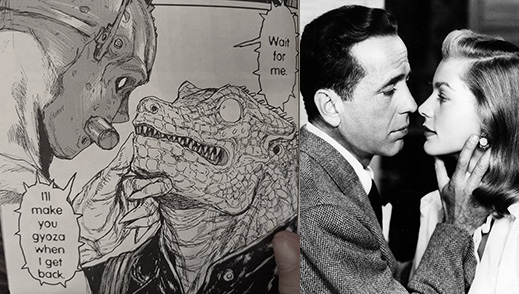 This old-timey chin grab trope subversion is all-time.
This old-timey chin grab trope subversion is all-time.
The closest I've come to describing Dorohedoro was a couple nights ago explaining it to my wife as Fear And Loathing In Las Vegas If Hunter S Thompson Actually Took Drugs—which is weak because it only focuses how crazy and awesome the book is and not enough in how skilled Hayashida is. Early on, I was tempted to describe Dorohedoro as horror but really that seems almost a completely unhelpful description. Certainly Hayashida employs the grotesque almost nonstop but that seems less in place to shock or surprise and more a tool to heighten what's already there. Also, there are elements of adventure, of the thriller, of fantasy world-building, of comedy (both straight and absurdist), of family drama, of story-as-homage. It's a ranging work and one that has a lot of expressions and influences.
The concept of family fascinates me. Growing up I didn't really have much experience of family beyond the nuclear. We saw my dad's mother and her sister two or three times a year (his father died when I was young and I really only have one memory fragment in which he played a part). I have a pack of cousins, but we only saw them occasionally, every few years or so. Essentially, they remained near strangers, our only bond a thin trail of blood, not so much a tie as the ghost of a memory to connect us.
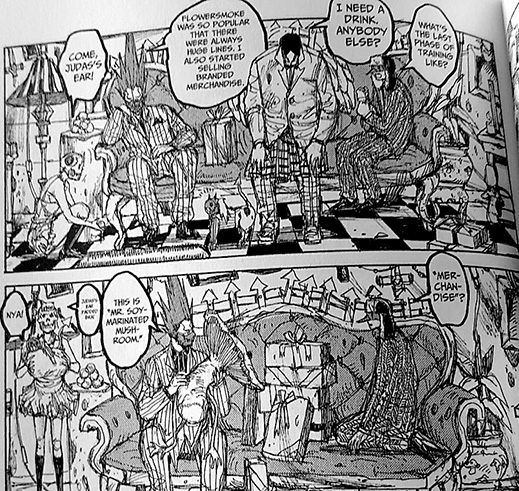
Further, growing up white in Southern California embedded in me the idea that I was foremost an Individual, that I was not a member of a group, that I was responsible for myself and that was all. I saw no need for family beyond my parents and, I supposed, my brother (who I didn't get along with until we were both adults). So loose were my ties that I didn't visit my grandmother in the hospital as she died from cancer. I barely knew her after all.
So yes, I live with a lot of regrets.
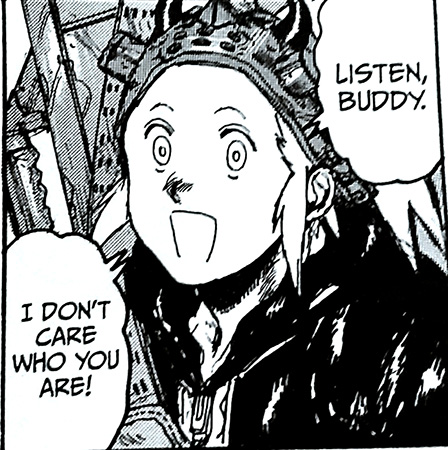
It wasn't until I had my first girlfriend at age 2311I was rather a late bloomer. Shy and socially awkward, I wasn't really able to interact with women in laudable ways. If I were 23 today (nearly 25 years later), I'd probably be considered incel-adjacent. It took me years of maturing, listening, and learning to diminish my own ego enough to grow out of who I was and into a person I'm happier to be. I was the kind of young man I would caution my daughter to avoid getting involved with. that I began to encounter what family could mean. Holidays at her house were a robust cacophony of traditions and relatives. I had no local family at that point and was readily adopted into the scene. It was overwhelming but there was also something warm, charming, and comfortable about it.
In the end, I never really felt comfortable in that bustle of familial celebration, but I at least had a touchstone foundation for my sense of what family could mean. Over the years, I'd run into particular media portrayals of family that would push me to yearn for that thing I never had. Summer Wars was a big one for me, especially as it featured a Lonesome Boy like me, getting mixed up with and then integrated into a large family with traditions and history going back centuries.
And then here comes Q Hayashida with Dorohedoro and another ode to family, but as with every other aspect of the book, her take on family is fresh and nutty and kind of perfect. In Dorohedoro, family is where you find it, where you make it, and where you stumble upon it. And with a bare two exceptions22With En and Noi, who are cousins, and with Haru and Haze, who were married., not a single familial relationship in the book is family in the common sense. The En family is family in a mobster sense. Tanba's restaurant family is one built of proximity. Doc Vaux and the humans of the hospital in the Hole get umbrella'd into the En family (without En's knowledge) by Shin's debt to the doctor. Nikaido is adopted into family with Asu. The devils are all family by ritual. The surviving Cross-Eyes are family in their adversity, and Natsuki gets adopted in as a little sister. And Nikaido and Caiman are family just because.33Just because gyoza!
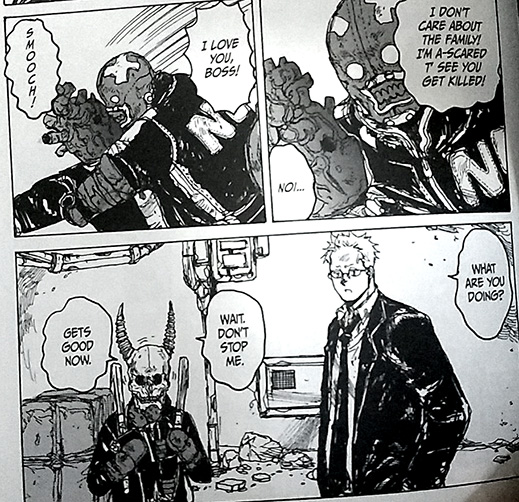
There are no ships, no romance. Just family and camaraderie. Despite all the gore and horror and violence, Dorohedoro tells the stories of families. And even when there's frequent friction between family members, the loyalty of the bond always ends up transcending the squabbles. And for a book that opens with a lizard-headed man dismembering and decapitating a guy, the story's dogged insistence on the sanctity of family is a pretty beautiful thing.
Though much of the excitement with Dorohedoro is going to focus on just how wild it is (and maybe how violent and funny it also is), it can easily get lost in there that Q Hayashida is a comics genius. Her chapters brim with visually splendid designs. She can be incredibly smart about how pages are laid out.
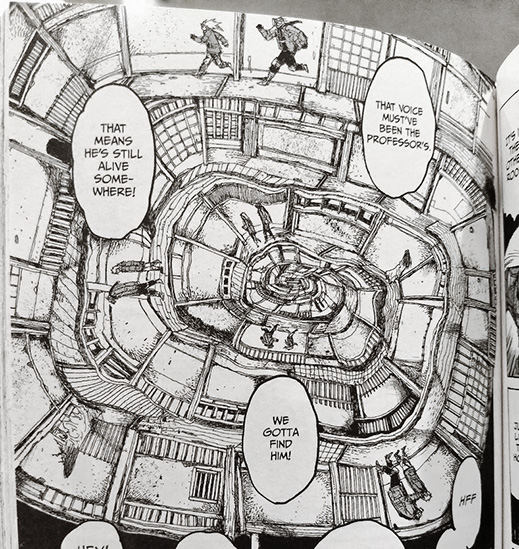
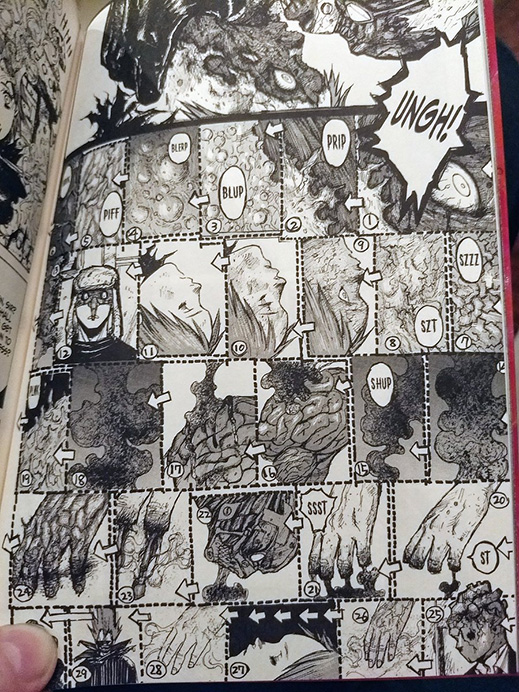
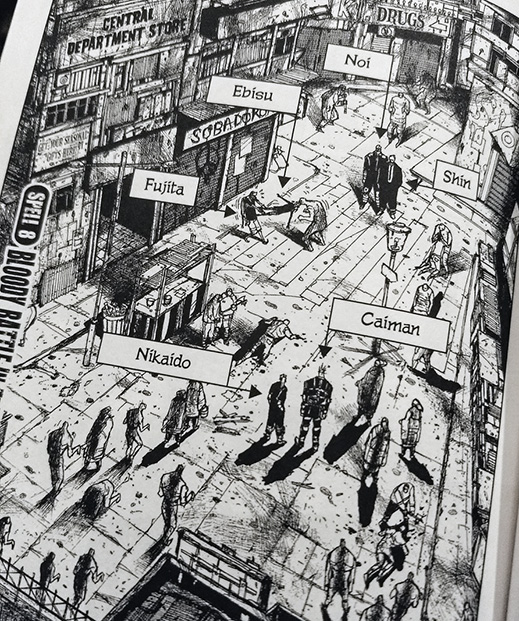
And Hayashida spends so much time drawing the grotesque—and doing it well—that it's easy to forget just how good she can be at drawing pretty people being pretty.
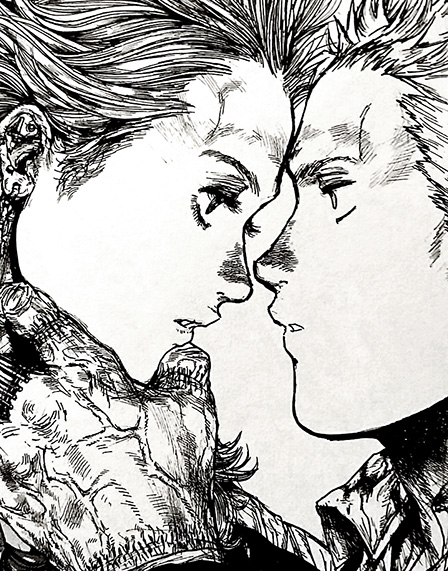
The consciousness of her choice to draw the grotesque cannot be lost in any worthwhile evaluation of Dorohedoro. Ugliness as a conscious aesthetic plays a direct counter to actual text of the book, which often has people watching out for each other and being lovely in that inside kind of way that undergirds the beauty-is-skin-deep bromides our idealized self-worth is bound up in; she so thoroughly coats love in filth that moments of tenderness in the series tend to sneak up on us (though they were there all along.
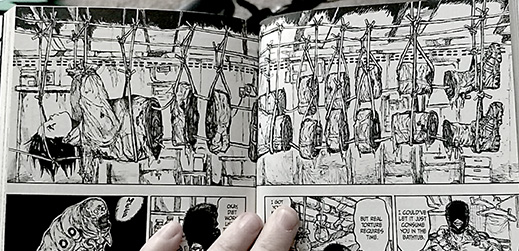
Her use of masks for over half of the prominent cast as well actively undercuts emotion in her characters, rendering them inscrutable. Characters may be downcast, happy, wistful, nervous, scared, resigned, or whatever, but we don't know. They remain Masked, their inner selves, their true selves subsumed in their exterior identities—masks which are made by another but accepted by both wearer and those the wearer knows.
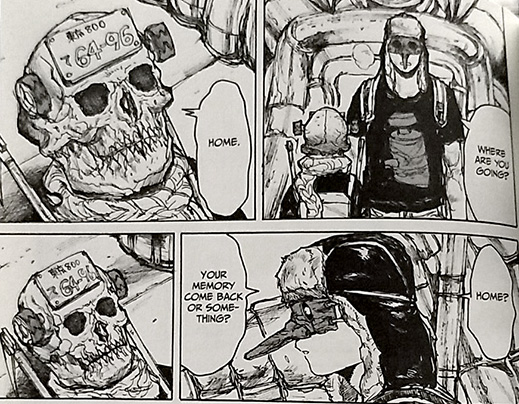
At the end of the day, it's going to be very difficult to explain exactly why Dorohedoro is in my Top 20 Comics Ever Made. It's smart, it's funny, it's unexpected, sure. But it's also so many other intangible things. I suppose we can sum up with: it's art. Like in that "Are comics/games/anime Art?" sense that people unsure of the validity of their tastes like to wonder about. It's art-art. It would find itself happily placed next to Caravaggio in any reputable museum. For all the humdrum waffling involved in art-as-subjectivity, I'll tell you this: Dorohedoro is Citizen Kane, Casablanca, Godfather 2, and Silence. Dorohedoro is "Water Lilies," "The Scream," and "The Thinker." Dorohedoro is The Great Gatsby, The Bell Jar and Lincoln In The Bardo. It's confusing, delirious, emboldening, hilarious, heartfelt. It's art-art, and it'll make you think if you let it.
Postscript
Despite how amazing this book is, the one thing I still don't know how to think about is how 100% ready Hayashida is to get Noi, Nikaido, and Ebisu naked.
 Professional-level censoring skills by me.
Professional-level censoring skills by me.
Even if I can wrestle a way to excuse it from being fan service (which it appears to be), it still feels like a diminishment. But I'll also grant that I don't understand it so it may be something else entirely than the sexual objectification I've programmed myself to see it as.
Good Ok Bad features reviews of comics, graphic novels, manga, et cetera using a rare and auspicious three-star rating system. Point systems are notoriously fiddly, so here it's been pared down to three simple possibilities:
3 Stars = Good
2 Stars = Ok
1 Star = Bad
I am Seth T. Hahne and these are my reviews.
Browse Reviews By
Other Features
- Best Books of the Year:
- Top 50 of 2024
- Top 50 of 2023
- Top 100 of 2020-22
- Top 75 of 2019
- Top 50 of 2018
- Top 75 of 2017
- Top 75 of 2016
- Top 75 of 2015
- Top 75 of 2014
- Top 35 of 2013
- Top 25 of 2012
- Top 10 of 2011
- Popular Sections:
- All-Time Top 500
- All the Boardgames I've Played
- All the Anime Series I've Seen
- All the Animated Films I've Seen
- Top 75 by Female Creators
- Kids Recommendations
- What I Read: A Reading Log
- Other Features:
- Bookclub Study Guides










